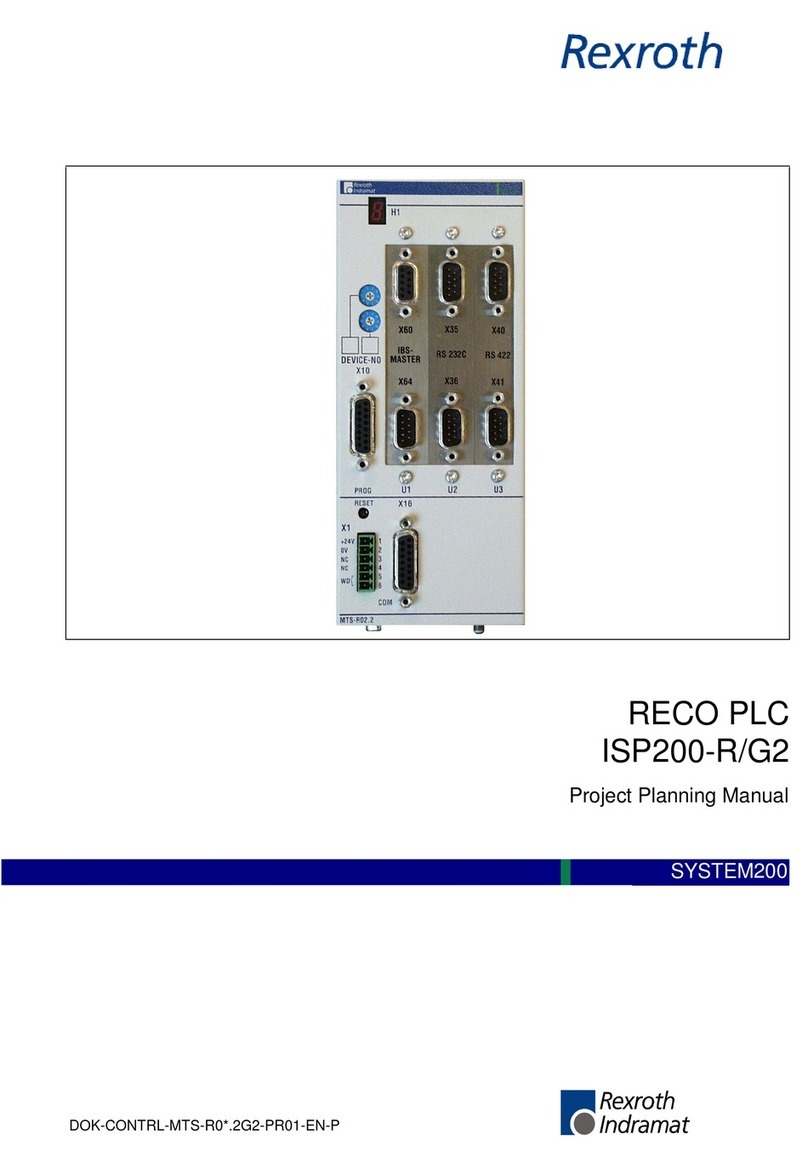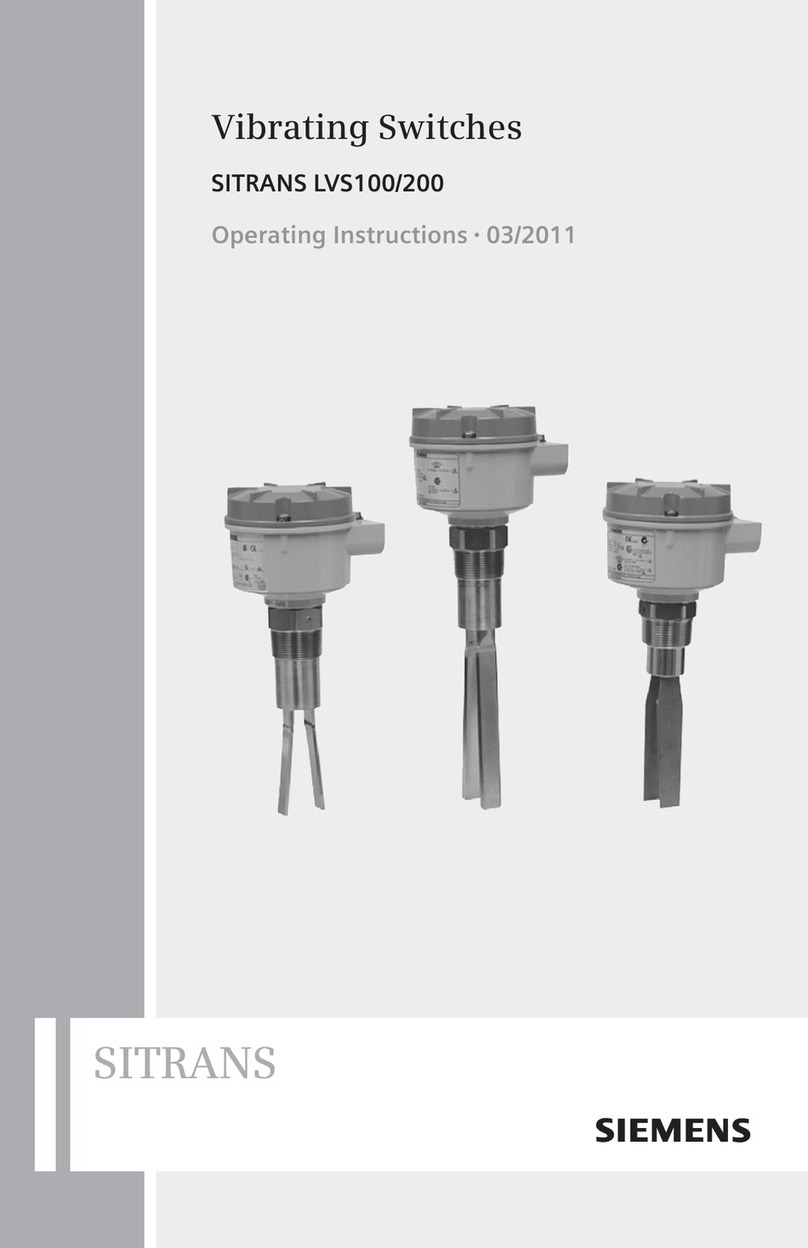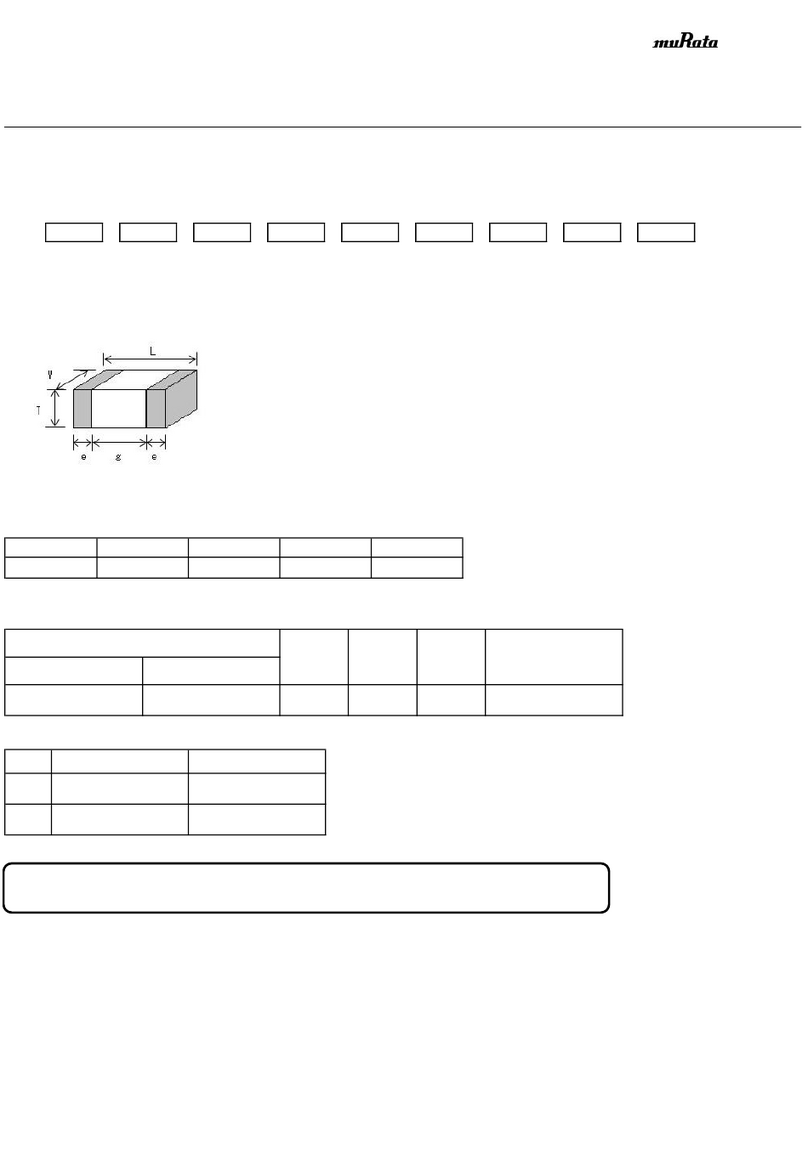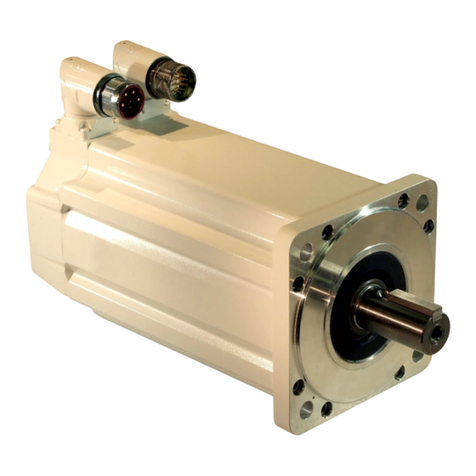
Tanco Autowrap - VariAuto
Operator’s Manual
9
5. BALE WRAPPING
5. Bale Wrapping
5.1. Bale Wrapping Principles
5.2. The Baler
5.3. Dicult Bales
5.4. Types of Plastic
5.5. Storage Location
5.6. Stacking / Protection
5.7. For Best Wrapping Results
5.1. Bale Wrapping Principles
The advantages of round bale silage are many, and include fewer feed units, a exible harvesting system, large capacity and the possibility of selling feed units.
In principle, the same fermentation processes occur whether the fodder is placed in a silo or pressed into bales and packed in plastic, i.e. lactic acid fermentation in anaerobic conditions.
The oxygen in the bale must be exhausted before fermentation begins.
The grass should be dried to approximately 30-40% solid content. The solid content can be determined by twisting the grass by hand. If drops of liquid are forced out of the grass, the
solid content is less than 25%. Low solid content (wet grass) can lead to increased butyric acid fermentation if preservatives are not added to the grass. If the solid content is too high,
(over 50%), normal fermentation will not take place and there will be enough oxygen in the bale to produce mould fungus.
5.2. The Baler
It is vital that the baler produces compact, well-formed bales, as misshapen bales can be dicult to wrap. Wrapping will also often take longer, thereby increasing the amount of plastic
used.
5.3. Dicult Bales
When a misshapen bale is wrapped, it will have a tendency to move outwards or inwards on the roller. If the bale begins to move outwards, the machine must be lifted slightly at the rear
edge to get the bale to rest against the support roller on the main frame. It can therefore be useful to use a hydraulic top link to make this adjustment easier.
If the bale to be wrapped is conical the sharp end should be pointed at the tractor. This will prevent the bale moving backwards on the rollers during wrapping. If the bale is lying on a
slope it must be picked up from the lower side. A hydraulic top link will again be advantageous.
5.4. Types of Plastic
A good type of plastic with good adhesive properties, and which is recommended for bale wrapping, must be used. The thickness of the plastic foil should be at least 25 µ. (25/1,000 mm).
In order that the plastic tightens suciently around the bale, it is stretched before being wrapped, so it is somewhat thinner when it is put on the bale. With short-term storage (up to
eight weeks) it is recommended that bales have a minimum of four layers of plastic at the thinnest points, with at least 52-53% overlap.



























